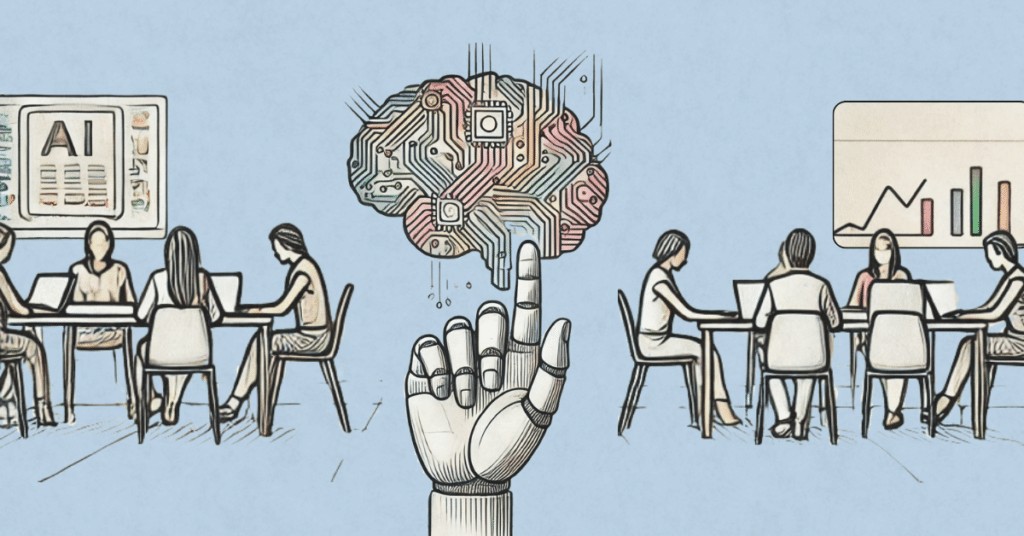Understanding the Essence of User Stories
User Stories, originating from Extreme Programming (XP), are often mistakenly perceived as a mandatory element of Scrum and other Agile frameworks. However, it’s crucial to understand that they are not a part of Scrum’s core structure, nor are they obligatory even in XP. Ron Jeffries, one of the creators of XP, humorously critiques the rigid enforcement of User Story formats, arguing that such rigidity can make stories more complex rather than simplifying them. User Stories should be seen as a helpful tool, not a rigid requirement.
The “As a…, I want…, so that…” Format
This format, while popular, isn’t meant to constrain your creativity or communication. Use it as a starting point to foster clear and concise articulation of requirements. Remember, the goal is to enhance understanding, not to adhere to a rigid format.
Practical Tips for Writing Effective User Stories
Tip 1: Understand the User’s Perspective: Dive deep into the user’s needs and experiences. This isn’t just about listing features but understanding the ‘why’ behind them. (see the example below)
Tip 2: Collaboration is Key: Engage in discussions with your team and stakeholders. User Stories evolve through conversation, not isolation. Utilize workshops or brainstorming sessions to refine these stories.
Tip 3: Keep It Simple and Clear: Avoid technical jargon. Your User Story should be easily understood by anyone in the organization, technical or not. If a story gets too complex, break it down into smaller, more manageable pieces.
Tip 4: Acceptance Criteria Matters: These are the conditions a User Story must satisfy to be accepted. They provide clarity and prevent scope creep. Ensure they are well-defined and agreed upon by the team.
Tip 5: Iterate and Refine: User Stories are not set in stone. They can and should evolve as new information emerges. Regular Backlog Refinement sessions can be instrumental in this process.
Incorporating User Perspective: A Case from NPR One
At one point in my early career as a Scrum Master at National Public Radio (NPR), I worked on the NPR One team, which focused on creating a custom AI-driven playlist creator. This tool combined editor recommendations with user preferences to curate personalized content playlists. However, we encountered an issue where customers stopped receiving new episodes of podcasts they liked. After investigating, we discovered they were skipping the last few minutes of these podcasts, which were mostly credits. This led us to adjust our algorithm to consider content that was mostly listened to as a positive indicator.
Key Takeaway: Understanding the user’s behavior and perspective is crucial in Agile development. A Product Owner has to delve deep into user interactions, not just the surface-level actions.
Using INVEST to Ensure ‘READY’ User Stories
In Agile work, the quality of user stories is very important. They are the backbone of effective planning, execution, and delivery. To ensure that your user stories are well structured, especially when you’re working to create READY Backlog Items before a Sprint Planning event, the INVEST mnemonic is a crucial tool. Use INVEST as a ‘Definition of Ready’ to help get your team on the same page as you work on near-term Product Backlog in your Backlog Refinement sessions.
INVEST
Tip 6: Independent & Immediately Actionable: The first ‘I’ in INVEST stands for ‘Independent and Immediately Actionable’. This is a fundamental criterion for a user story being ready for work.
- Independent: Each user story should be self-contained and capable of delivering value on its own. This independence ensures that the story can be developed and delivered without waiting for other stories to be completed, thus avoiding bottlenecks related to dependencies. It’s about ensuring that each story is a miniature value proposition in itself, capable of providing benefits without being entangled in a complex web of tasks.
- Immediately Actionable: This aspect emphasizes the readiness of a story for immediate development. It means that the story is not just well-defined but also free from external dependencies that could delay action. This includes having no reliance on external teams or resources that are not committed to the Sprint’s timeline. It’s a precaution against the common pitfall where teams kick off a Sprint only to find themselves impeded by factors outside their control.
Tip 7: Negotiable: A good user story invites conversation. It’s not a rigid specification but a starting point for discussion. Negotiability implies that while the story provides a clear outline of what is required, there is room for the development team and stakeholders to discuss and refine the approach. This openness fosters creativity and innovation, as the team collaborates to find the best solutions.
Tip 8: Valuable: Every user story should deliver distinct value to the customer or user. The focus should always be on the outcome and the benefit it brings, rather than just the features or technical aspects. This criterion helps prioritize stories that make a real difference to the end-user, ensuring that the team’s efforts are aligned with customer needs and expectations.
Tip 9: Estimable: For a user story to be actionable, the team needs to be able to estimate the effort required to complete it. This means the story must be clear and understandable with enough detail that the team can gauge the size and complexity. An estimable story allows for effective Sprint Planning and resource allocation.
Tip 10: Small: A user story should be concise and focused, enabling quick development and feedback. Smaller stories are easier to manage, test, and complete within a single Sprint, leading to a more adaptable and responsive development process. They also reduce risk as smaller, more manageable pieces of work are less likely to encounter significant problems. For a Product Backlog item (PBI) to be considered “READY” it must be at least small enough to finish in a single Sprint. Probably smaller still, so you can see progress on it as the Sprint progresses.
Tip 11: Testable: The final element is that a user story must have clear acceptance criteria, allowing the team to validate that the story has been completed as intended without having to wait for their Product Owner to check each and every item.. This means defining specific conditions that the story must meet for it to be considered done. Testability ensures quality and that the end product aligns with the user’s requirements and expectations.
Final Thoughts
Far more than simply writing good User Stories, starting your Agile journey is about embracing change, continuous learning, and collaboration. Remember, the theoretical foundations of Agile and Scrum are just the beginning. The real magic happens when you apply these concepts in real-world scenarios, learning and adapting as you go. Keep an open mind, stay flexible, and most importantly, remember that your journey is a unique path to personal and professional growth in the dynamic world of Agile.








